Folk and industrial remedies against aphids on tomato seedlings
Aphids are small and seemingly harmless midges. But how destructive for plants is the invasion of these sucking pests! Skip the first signs and do not start processing young bushes on time - lose all seedlings. Therefore, gardeners pay maximum attention to prevention: ventilation of greenhouses, inspection of sprouts, mulching, and other measures. If aphids have settled on seedlings, you will have to make an effort to remove the parasites. The midge is especially dangerous for tomatoes.
Why aphids are dangerous
Aphids are dangerous for their gluttony, omnivorousness and speed of settlement. If a midge appears in the room, it quickly moves from vegetables to indoor plants and flowers. Aphids suck the juice from the foliage, the plant ceases to receive sufficient nutrition. The foliage withers, dries up, and in the absence of treatments, the plants die.
Small winged insects are not the first sign. Noticing a flying aphid, you need to immediately and carefully examine the underside of the foliage on tomato seedlings. From here, the pest colony begins to spread. And if the aphid began to crawl along the front side of the leaves, it means that the case is already running. We immediately start chemical treatments.
Advice
It is important to know the parasites in the "face" - it is worth finding on the Internet photos of larvae and adult aphids.
The sweet juice from the body of insects attracts ants, they quickly carry aphids around the greenhouse and feed on this nectar. Therefore, noticing the paths of ants heading towards the seedlings, we immediately check the lower parts of the foliage and, if aphids are found, we begin the treatment cycle.
Prevention
It is easier to prevent the spread of aphids in a greenhouse or on an open garden bed, than to fight heroically and for a long time with pests and ants that have spread throughout the seedlings - lovers of "sweet".
Preventive maintenance includes several simple, but very important operations:
- when the first parasites are found on individual bushes, we define them for quarantine in a separate room - it is easier to remove pests from individual plants than from the entire greenhouse;
- every day we carefully examine each bush of tomatoes, especially the leaves from the lower side. When the first midge colonies are found on a small leaf, we break it off and burn or trample the parasites;
- aphids do not like sunny ventilated beds very much, therefore we equip a ventilation system in the greenhouse and, when planting seeds, ensure sufficient distances between vegetable bushes;
- we ensure that under the seedlings there is always a loose and moist, but not wet soil with a sufficient layer of mulch, for this we moderately moisten the soil, do not breed a swamp in a box with plants;
- we plant carrots, onions, garlic or dill next to tomato seedlings - such plantings will scare away pests;
- we get rid of anthills in the garden, transfer them or destroy them - we do not need such neighbors;
- we control the introduction of organic matter and nitrogen mineral fertilizers - they attract pests like a magnet;
- before the autumn digging, add lime, it will help to exterminate the eggs laid in the winter;
- in the fall, we must remove old vegetable plants from the site, foliage is a wintering place for insects.
How to remove aphids
One of the most obvious techniques is mechanical washing of aphids from seedlings with water, but in this way we simply drive away insects that will return after a while. Do not postpone treatments and hope that sprinkling will solve the problem forever.
If pests are found before they spread over all the leaves, it will be enough to use simple solutions according to folk recipes.
Traditional "medicine" for aphids
Every popular recipe uses laundry soap, which allows the solution to stick to the leaves and does not rinse off within 48 hours. The simplest solution is soap and baking soda. Aphids do not like a bitter coating and will definitely fly away in search of untreated plantings and trees.
A decoction of plants poisonous to pests:
- For convenience and with a large number of plants that need processing, we prepare a solution for 10 liters of water. With this amount, fill in 0.5 buckets of celandine or wormwood and yarrow.
- Grind and pour 40 g of laundry soap into a saucepan.
- Bring the water to a boil and cover, remove the heat to a minimum.
- After stirring the solution for 10 minutes, wrap the pan in a blanket.
- Filter the cooled product and spray the plants from all sides. The frequency of treatments is no more than 1 time per week.
A decoction of tobacco dust: the difference from the previous recipe - we take 400 g of tobacco. All other operations are carried out in a similar manner.
Infusion of crushed garlic cloves:
- Grind 4-6 small garlic cloves with a knife or on a grater and pour 0.5 l of water over the gruel.
- Add tar or laundry soap, 2 tbsp. l. sunflower oil.
- We cover the container and put it in a dark and warm place for 24 hours.
- For spraying, add 2 tbsp. l. concentrate for every liter of water.
Ash solution:
- We dilute 200 g (glass) of wood ash in 10 liters of water.
- We add laundry or antibacterial soap.
- Mix the solution well and process the seedlings of tomatoes and other vegetables.
Wood ash used for foliar feeding and as a means of pest control.
Any commercial detergent or liquid soap:
- 2 tbsp. l. we dilute the funds in 0.5 liters of water.
- Stir well and spray the tomato foliage on all sides.
Important
After rain (in open ground) or moistening-sprinkling from a watering can, the treatment of seedlings with folk remedies will have to be repeated.
Chemicals
If aphids were not detected immediately or were late with the start of treatments, you will have to use pesticides. They are divided into three groups:
- Contact act directly on insects when in contact with them.
- Intestinal infect the digestive system of pests through poisoned plant sap - among these drugs it is recommended to use "Bankol", "Akarin".
- Systemic ones act as contact and intestinal at the same time and allow you to quickly and for a long time get rid of aphids on seedlings, however, such drugs are very toxic, therefore they are not used when growing seedlings at home - among the systemic ones, Tanrek and Biotlin are recommended.
Tanrek has the advantage of not being washed off with water. The insecticide is diluted in a small amount: 5 ml per bucket of water. Only one treatment per season is enough to destroy aphids on seedlings. It is equally destructive for eggs, larvae, and adult insects.
For adult shrubs and for seedlings, Fufanon (improved Karbofos) and Fitoverm are considered quick helpers in getting rid of aphids.
Here are a few more effective preparations for aphids on tomato seedlings:
- "Karbofos" is a contact type agent that allows you to fight midges, but not eggs, after 10 days it becomes non-toxic to aphids; dilution rate - 30 g per bucket of water;
- "Kinmix" is a systemic preparation used to fight diseases and aphids, with its help they disinfect greenhouses before planting; dilution rate - ampoule for a bucket of water;
- Bleach is a powerful disinfectant used to treat a room and greenhouse before planting seeds; breeding rate - 2 tbsp. l. on a bucket of water.
Important
Treatments with all types of solutions are carried out only in the early morning, evening or on a cloudy day.The main thing is that the sun's rays do not fall on the foliage.
In order for insecticides to fall on the underside of the leaf, where the aphid is hiding, we hold the sprayer torch vertically. We process each bush from all sides. Until the complete destruction of the pests, it will be necessary to perform at least three treatments with an interval of 7 days.
Aphids are voracious and prolific, quickly spread and difficult to remove. If tomato seedlings are grown in a greenhouse or open field, even overgrown colonies are reliably removed by pesticides. However, it is dangerous to use such means on a balcony or in a room.
Lime aphids is a troublesome and slow business. Therefore, it is worth paying special attention to prevention: remove anthills, monitor the condition of the soil under the shoots, equip ventilation and inspect the leaves daily to make sure their health.
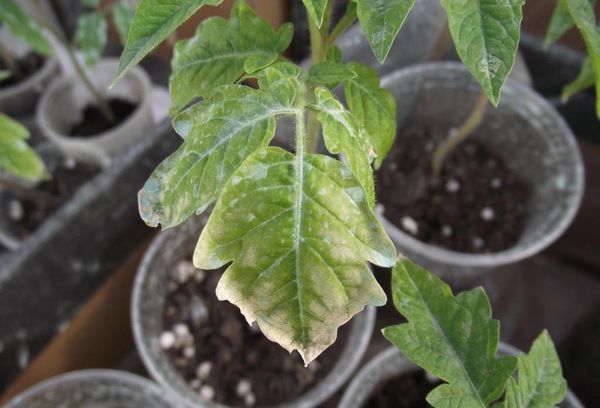
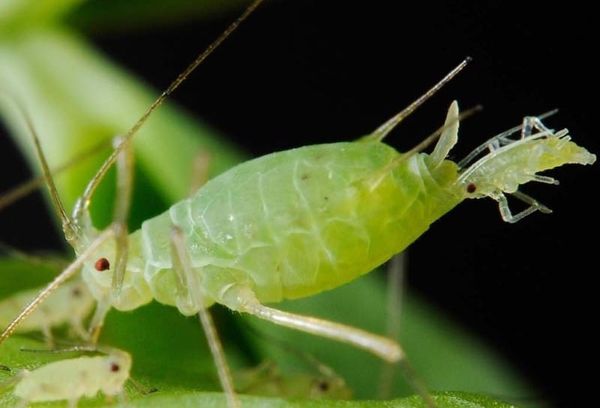
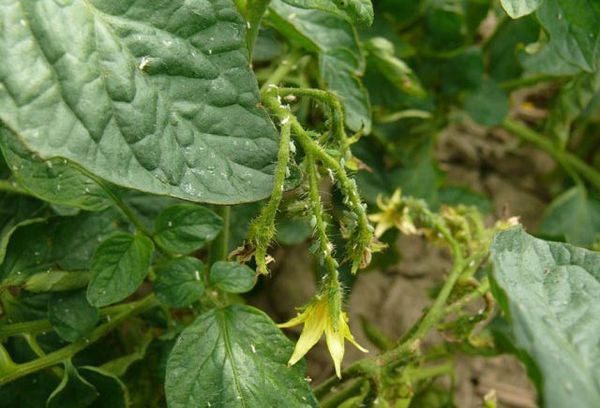
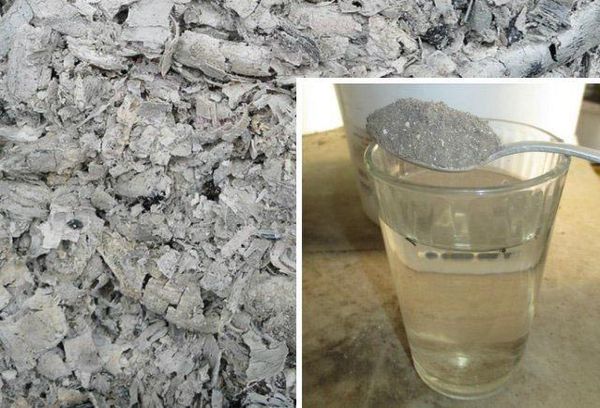
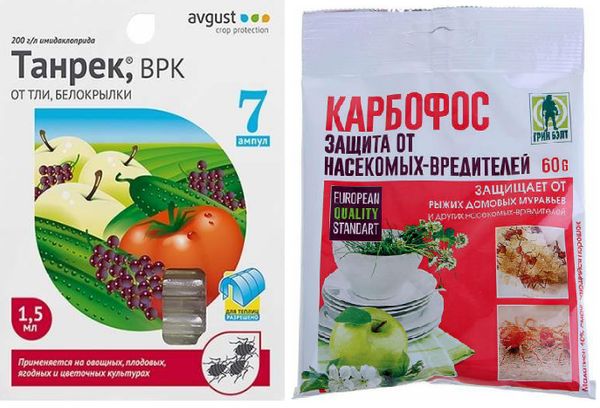
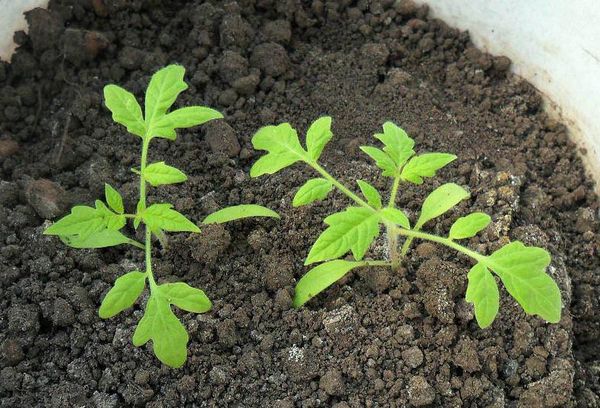
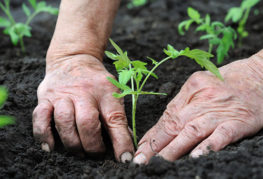
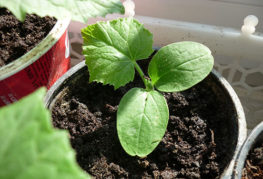
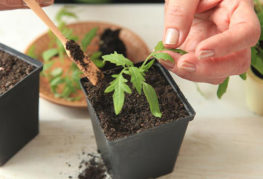
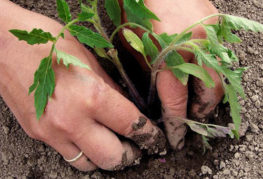
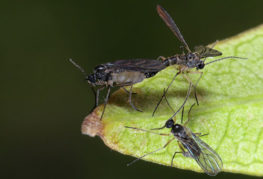
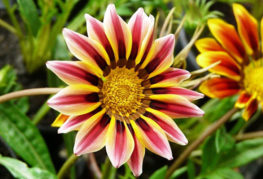
and will be published shortly.